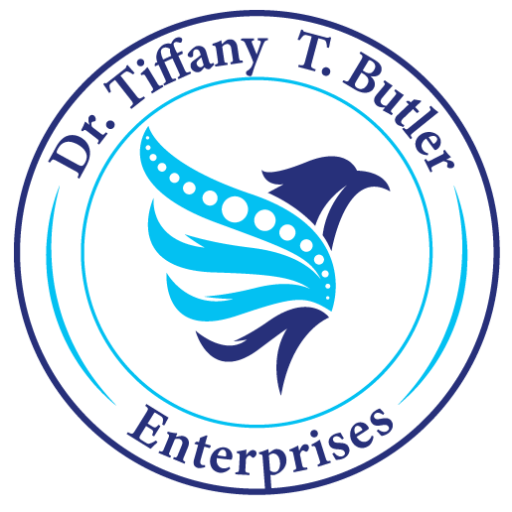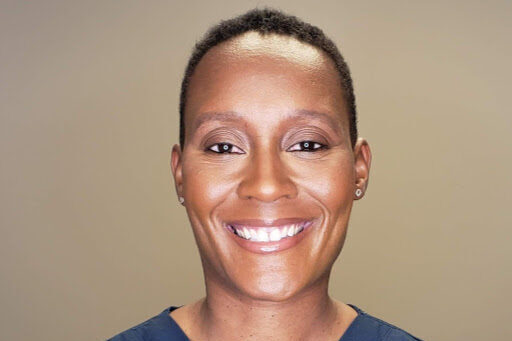Painful Jaw Got You Down? Try Chiropractic!
By: Dr. Tiffany T. Butler | January 30, 2023 | Read Time: 8 minutes
“The prevalence of temporomandibular joint and muscle disorder (TMJD) is between 5% and 12%.” (National INsttitute and Craniofacial Research)
Can a chiropractor help me with my jaw pain?
Short answer: It depends on what is causing your jaw pain. If you are experiencing jaw pain or sustained an injury to the jaw, the first healthcare provider you should see for an evaluation is the dentist. The dentist will conduct a thorough examination of the structures – teeth, gums, mouth, and joints – and provide treatment options for you to help maximize healing and recovery from jaw pain or jaw injury. If your jaw pain is from a bad tooth, tooth disease, gum disease, or infection, you may want to stick with the dentists for further treatment and monitoring of the condition. However, if your jaw pain is the result of TMJ dysfunction, consider seeking the care of both – your dentist and chiropractor… Keep reading to see why.
Chiropractors are neuromusculoskeletal specialists who focus on the diagnosis, treatment, and management of conditions related to the nervous, muscle, and skeletal systems. Although chiropractors are well-known for treating such conditions as neck, back, and shoulder pain, chiropractors can also assist with providing relief for other joint dysfunctions, such as TMJ. During my years of practice, I have had many patients who present with neck pain and also complain about jaw and headaches. For this reason, chiropractors and dentists can collaborate to assist patients who suffer from jaw pain and provide pain relief.
Let’s review the anatomy to see how a person who is experiencing neck pain can also have jaw pain. The sternocleidomastoid (SCM) muscle originates from the sternum and clavicle (e.g. collar bone) and inserts into the mastoid process (which is located at the back of the skull). To locate the SCM on yourself do the following: 1) turn your head to either the right or left, as far as you can go; and 2) with your head turned, bend your head forward. The muscle that “pops out” is the SCM. There are two SCMs located on each side of the anterior (front) of your neck and their function is head rotation and flexion.
If the SCM muscle is tight or spastic, it not only affects the movement of the head and neck, but it also impacts how well you can open/close the jaw. If you experience a decrease in jaw mobility, it can lead to a condition called, temporomandibular joint dysfunction (TMJD).
TMJD impacts the structures of the head and neck region and therefore can result in the following symptoms:
- Jaw pain
- Head, headache, or facial pain
- Neck pain
- Joint sounds, such as clicking or popping when opening/closing the jaw
- The jaw may get stuck or locked in when opening/closing
- Pain during talking or chewing
- Pain with head or neck movement
- Decrease in range of motion of the jaw and/or neck
- Muscle tightness or spasms in the jaw and/or neck area
3 Ways Chiropractors Can Alleviate TMJ Dysfunction Pain
#1: Chiropractic Adjustments
The adjustment is a quick thrust applied to the spine or other joints by the chiropractor’s hand or instrument. The adjustment breaks up adhesive scar tissue; improves joint mobility and restores normal biomechanics to the joints. In the case of TMJ dysfunction, if there is also loss of cervical spine (neck) range of motion and/or pain, oftentimes, the chiropractor may perform an adjustment to both your neck and/or TMJ, if necessary to promote joint mobility.
#2: Soft Tissue Therapy
The muscles of the jaw, head, and neck can be tight or spastic with TMJD. Performing soft tissue therapy on these muscles will help to promote blood circulation, which aids in tissue healing and repairs; as well as relax the muscles so that you can move better. As the jaw and neck move better, the muscle contraction will naturally “pump” inflammation and swelling out of the area, thus providing pain relief.
#3: Specified Exercise for Strength
If you experience TMJ dysfunction, not only will you experience jaw, head, neck, or facial pain, but you may also experience “clicking” “popping” of the affected joint. If one side of the jaw and neck muscles are tight, it may “pull” your jaw in that direction, any time you open/close your jaw. This is a sign of muscle imbalance. Over time, if the muscles are not equally strengthened, and you continue to talk and chew, the muscles become fatigued, tired, and weakened, which can result in an unstable jaw. Therefore, specific exercises that strengthen the jaw muscles may be warned to reduce further damage and promote joint stability.
Click here to watch my YouTube video on TMJ Dysfunction.
Bottom Line: If you are experiencing TMJ Dysfunction and you are not responding to traditional medical treatment, consider adding a chiropractor to your healthcare team. Adding chiropractic care can ensure that you not only get the best treatment through collaboration among the healthcare providers; it may also increase your chances of having a better outcome.
Dr. Tiffany T. Butler (aka “The Pain Doctor”) is a chiropractor, author, and entrepreneur. She leads Harmonious Living Chiropractic: Fitness & Wellness Center, a pain management practice, in offering healthcare solutions that focus on patient-centered care. Her team consists of individuals who are passionate about improving patient outcomes by providing chiropractic care, in conjunction with therapeutic procedures. Their services have helped hundreds of people find pain relief and improved their quality of life. To learn more about Dr. Butler visit https://www.drtiffanybutler.com/dr-butler/ Connect with Dr. Butler on social media #drtiffanybutler


